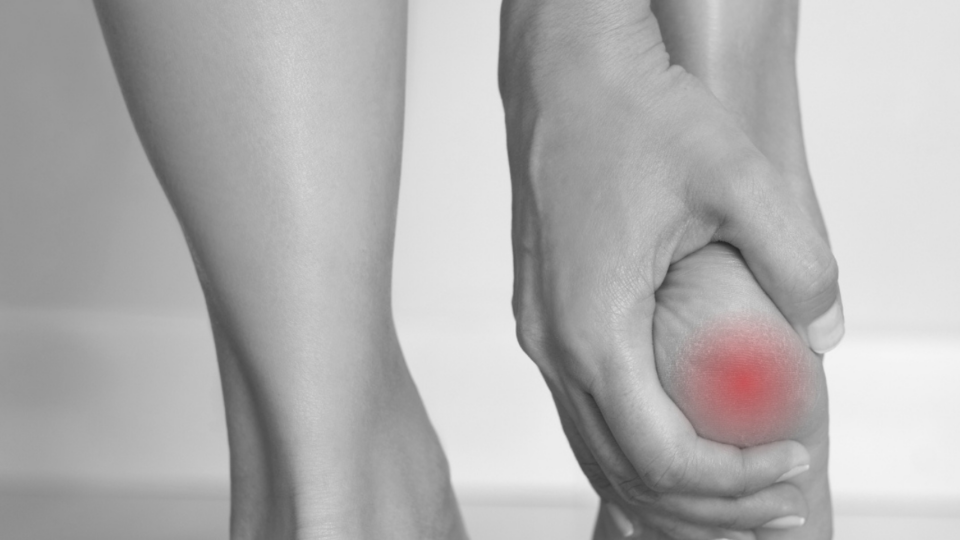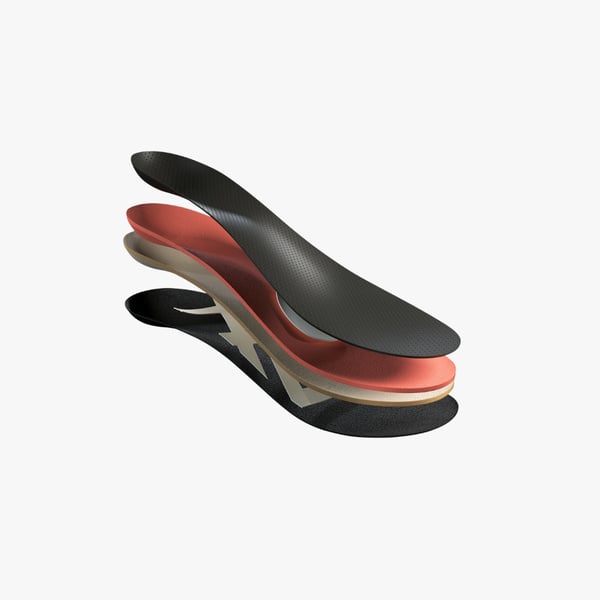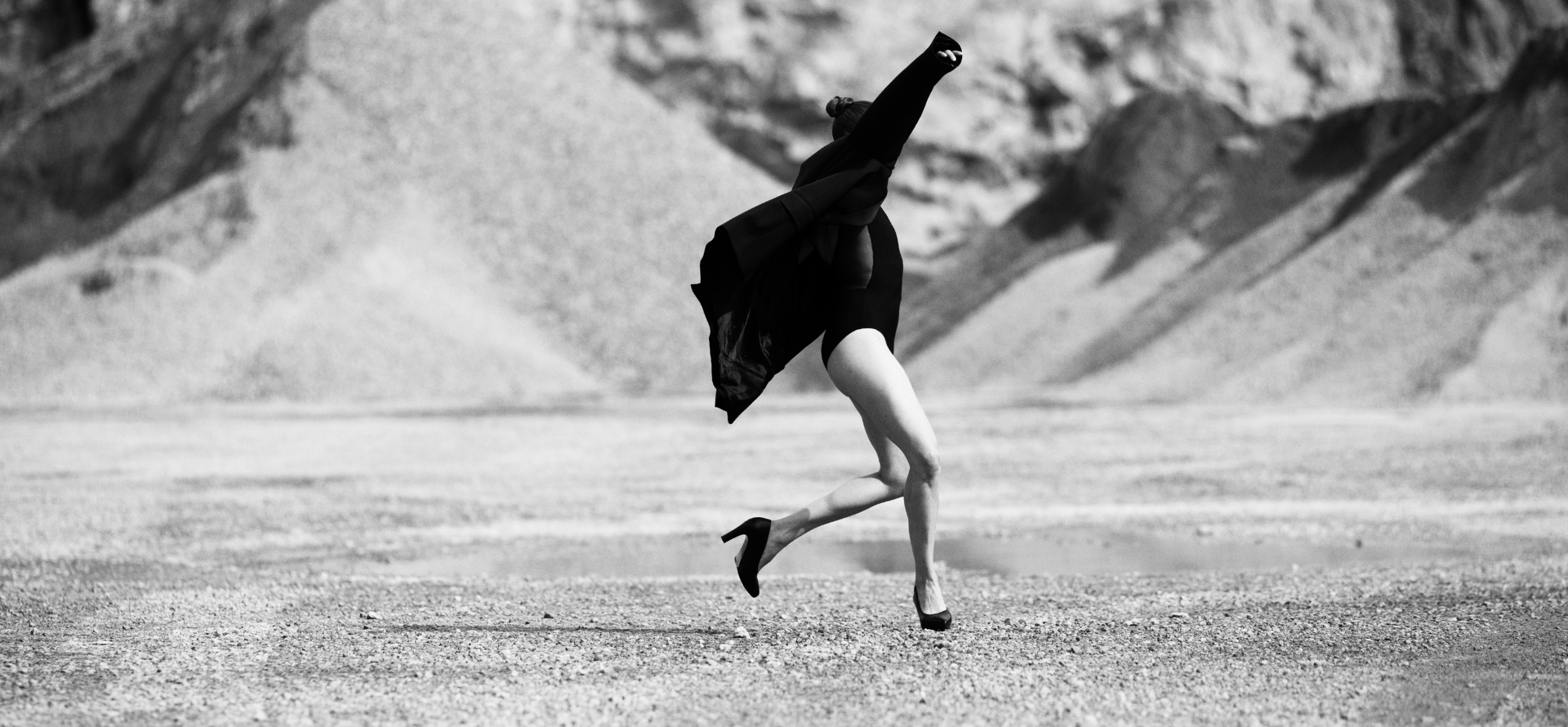Heel Spur and Plantar Fasciitis are two distinct yet closely related overuse injuries – both are among the most common causes of heel pain. A heel spur is just as it sounds: a small spur that grows on the heel bone, while Plantar Fasciitis is an inflammation of the band of tissue that runs from the front of the heel to the toes. You can often alleviate or prevent the problem with the right shoes and orthopedic inserts.

Heel Spur vs. Plantar Fasciitis
Heel spurs and plantar fasciitis are often confused, though they are two different yet related conditions. Here, we describe the similarities and differences between the two.
Plantar Fasciitis – is an inflammation of the plantar fascia (the tendon that runs between your heel bone and the front of your foot) and often occurs due to overuse or injury. With plantar fasciitis, you usually experience intense pain in the heel and towards the foot’s arch that comes and goes throughout the day. The pain is often relieved with walking for a while but returns when you sit down and then stand up to walk again. Plantar fasciitis is usually the precursor to heel spurs.
Heel Spur – is a reaction to stress and inflammation caused by plantar fasciitis. With prolonged pain, the body often reacts by building extra bone tissue – a calcification that usually appears as a spur on X-rays, hence the name. It is not as familiar to feel pain from the heel spur, but if you do, the pain is similar to that of plantar fasciitis.
Most Common Symptoms and Causes
Heel Spur
Heel spurs result from prolonged incorrect loading and stress on your foot ligaments and tendons, which can occur with conditions like plantar fasciitis. With persistent problems, the body will attempt to repair minor injuries in the plantar fascia by depositing calcium where the tendon attaches to the heel bone. The condition risks becoming chronic as the calcium deposits develop into a buildup on the heel bone. Heel spurs can also develop if you repeatedly tear the fat pad under the heel bone or have incorrect foot positioning when standing, walking, and running. Thus, a heel spur results from a process you can prevent or stop with proper treatment.
A common symptom of a heel spur is intense pain in the front part of the heel. The pain is usually towards the inside of the foot but can vary. With a heel spur, the heel can feel very tender when the foot is loaded. A common symptom of a heel spur is pain in the morning, right when you get up. The very first steps in the morning, or after a period of inactivity, are experienced by many as the worst. Often, you feel tender and stiff in the area before the blood circulation in the feet starts after a period of loading.
Plantar Fasciitis
Plantar fasciitis results from overloading your plantar fascia, which becomes injured or inflamed. Common causes of overloading are usually:
- Increased activity: standing, walking, or running more than usual
- Surface: standing, walking, and running on hard surfaces
- Shoes: using shoes without adequate support
- Foot structure: high arches or flat feet
- Exercise: without warming up or stretching
Common symptoms of Plantar Fasciitis are a dull pain that gradually increases and feels near the heel or along the underside of the foot. Sometimes, the pain can come on suddenly, but usually, it changes throughout the day, depending on what you’re doing. The pain often worsens in the morning or when you stand up after being inactive. Moving around can temporarily reduce the pain, but it usually gets worse as soon as you stop again or with prolonged or vigorous activity.





